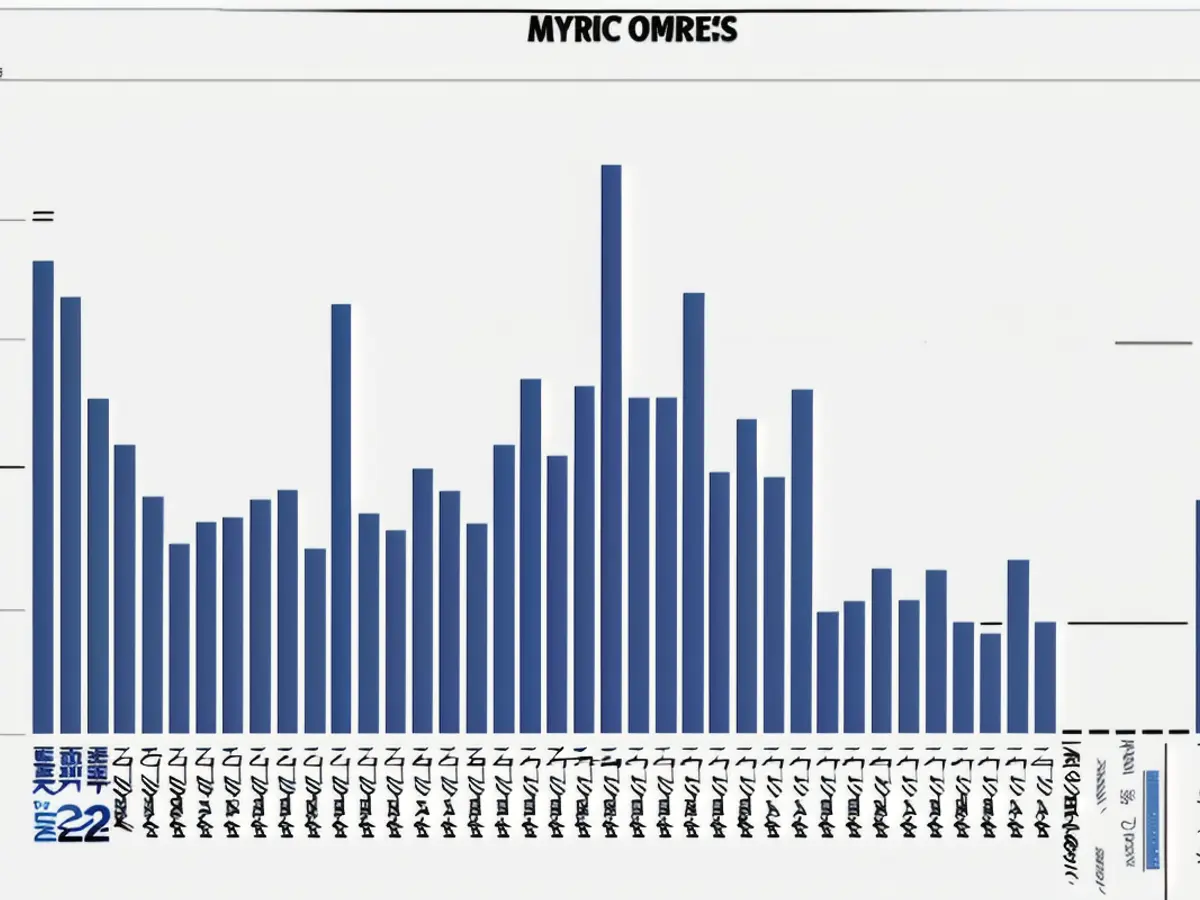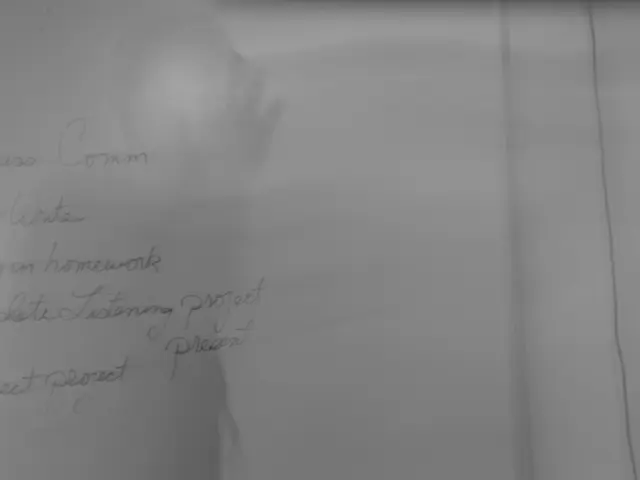Potential State Visa Initiatives Offer Possible Agreement Solution for Persisting Workforce Deficit
The ongoing debate regarding immigration policy, specifically between some of President-elect Trump's prominent supporters, isn't a novel situation. The cast of characters may have changed, but the general dynamics of the debate remain the same as in previous conflicts. This time around, tech sector heavyweights like Elon Musk and Vivek Ramaswamy, alongside other Trump supporters, are advocating for the benefits of employing high-skilled foreign workers, arguing that their presence boosts the economy. These advocates are engaged in a verbal skirmish with fellow Trump supporters who uphold a more nationalistic stance, believing that current levels of even legal immigration are excessively high.
Critics of the H-1B visa program for skilled workers often accuse tech, finance, and other industries of manipulating the system, aiming to hire cheaper foreign labor. However, studies like the one carried out by economist Omid Bagheri of Kent State University, published in 2021, challenge this notion. Bagheri's research discovered that in the field of computer and mathematical sciences, foreign visa holders tend to earn roughly 14% more than their U.S.-born counterparts.
If President-elect Trump seeks to stir up the immigration debate while addressing the labor shortages tormenting numerous employers and industries, he can grant a federal waiver to initiate the first state-run guest worker program. Given that Utah's state legislature and former Governor Gary Herbert (R) enacted legislation in 2011 to establish a state-run guest worker program, Trump could authorize its operation once in office.
Federalism: The Key to Bolstering Support for Enhanced Legal Immigration
Although Utah's state-run guest worker program, which received legislative approval 14 years ago, has yet to obtain federal approval, it has until 2027 to do so. President-elect Trump could, if he so chooses, greenlight Utah's program on January 20 and encourage other states to submit proposals for federal endorsement to run their own guest worker programs.
In the past decade, several state legislatures have pondered proposals to establish state-run guest worker programs. Apart from Utah, legislators in states like California, Colorado, Texas, and Kansas have considered legislation to launch their own visa programs. Nevertheless, only Utah's proposal managed to secure enactment. Opponents of these proposals frequently cited the necessity of federal authorization.
President-elect Trump has expressed support for the H-1B program, clarifying that he hires several H-1B workers for his businesses. Trump, known for delegating policy decisions to the states, has already obtained congressional backing for granting states the power to launch their own visa programs. Senators Ron Johnson (R-Wisc.) and Representative John Curtis (R-Utah) have introduced bills to that effect in the past.
The Cato Institute commented on Curtis's bill, stating that "nationwide one-size-fits-all migration laws are not effective. States require workers to fill specific economic niches overlooked by the federal government." The institute further stated that "Curtis's bill allows states to govern economic visas under federal oversight. Federalism currently permits states to experiment with education, welfare, and drug policies with great success. It's time to permit them to experiment with legal migration as well."

The drive for increased legal immigration among business leaders stems not from disdain for U.S.-born workers but from a genuine labor shortage. A report published in 2023 by the National Foundation for American Policy revealed that, based on data from the Census Bureau and Bureau of Labor Statistics, the U.S. working-age population will shrink by six million workers between 2022 and 2040.
According to Madeline Zavodny, an economics professor at the University of North Florida who authored the report, "The working-age U.S. population has reached its peak without additional immigration. New international migrants are the sole potential source of growth in the U.S. working-age population for the remaining two decades."
In 2023, Tim Carney, American Enterprise Institute senior fellow and Washington Examiner senior columnist, reported on the approaching labor shortage. He pointed out that "The working-age population has grown by less than 1% over the past five years, marking the lowest growth period on record. The previous two periods (2008-2013 and 2013-2015) witnessed increases of 2.1% and 2.9%. Before that, the working-age population always increased by more than 5% every half-decade."
The labor shortages are not confined to large tech and finance companies; even small businesses struggle to fill positions. The National Federation of Independent Businesses (NFIB), which represents U.S. small businesses, found that 40% of business owners were unable to hire workers during a seasonally adjusted survey in 2023. Moreover, 33% were unable to fill high-skilled positions, and 14% struggled to find unskilled labor. "There are not enough workers to maintain current operations, much less pursue new opportunities," NFIB noted.
Apart from aiding in the resolution of staffing deficiencies for both proficient and untrained positions, the approval of state-managed visa schemes at a federal level would additionally assist states and areas in coping with distinctive workforce requirements. According to Congressman Curtis's proposition, cited by the Cato Institute, "states could formulate visas that aren't available under the federal system. California might establish a state visa for innovative tech entrepreneurs, Wisconsin could establish one for dairy workers, and Utah could attract tourism entrepreneurs. Texas may seek out oil-rig workers, while Michigan could lure real-estate developers for Detroit."
Despite President-elect Trump's optimistic statements, it's evident that several of his supporters disapprove of the H-1B visa program. Maybe state-managed visa schemes can foster widespread agreement, aligning disparate Republican factions and even Democrats.
In light of the ongoing debate about immigration policy, some advocates suggest that President-elect Trump could leverage federalism to strengthen support for enhanced legal immigration by implementing state-run visa programs, such as state-run guest worker programs. For instance, Utah's state-run guest worker program, which has not been federally approved yet, could be a starting point.
Furthermore, critics of federal immigration policy argue that state-run visa programs could be more effective in addressing specific economic niches, such as technological innovations or labor shortages in specific industries. For instance, Senators Ron Johnson (R-Wisc.) and Representative John Curtis (R-Utah) have previously introduced bills to grant states the power to launch their own visa programs, with the Cato Institute supporting such proposals as a means to improve migration laws.








